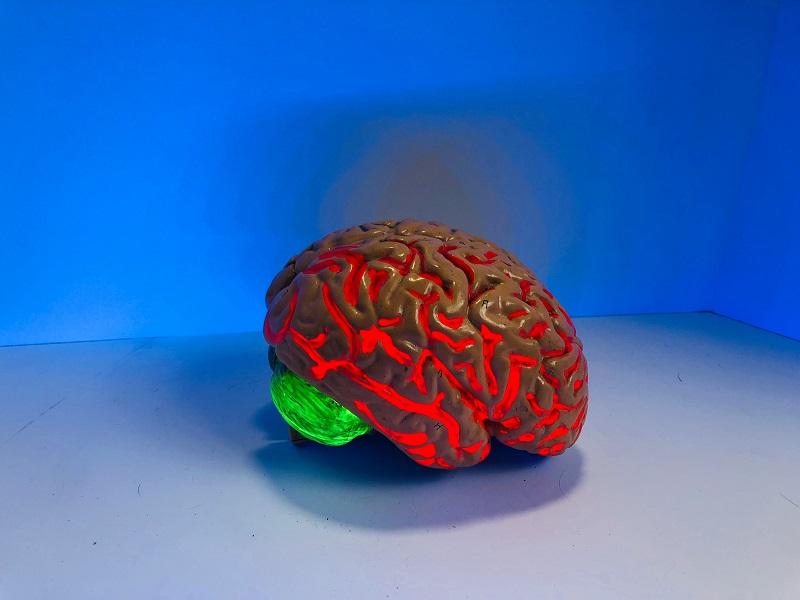
Co-occurring disorders, also known as dual diagnosis, refer to the presence of both a mental health disorder and a substance use disorder in an individual. This complex condition poses unique challenges in inpatient treatment settings. According to the Substance Abuse and Mental Health Services Administration (SAMHSA), about 7.9 million adults in the United States had co-occurring disorders in 2014.
Identifying the Challenges
Integrating Treatment Approaches
One of the primary challenges in treating co-occurring disorders is integrating mental health and substance abuse treatments. Traditionally, these conditions were treated separately, which often led to inadequate care. However, integrated treatment, where both disorders are addressed simultaneously, has been shown to be more effective.
Stigma and Misunderstanding
Stigma surrounding mental health and addiction further complicates treatment. Patients with co-occurring disorders often face judgment, not only from society but sometimes from healthcare providers themselves. This stigma can lead to underdiagnosis or misdiagnosis, affecting the quality of care.
The Role of Medication
Medication management is particularly complex in treating co-occurring disorders. Certain psychiatric medications might have adverse effects when combined with substances of abuse or medications used in addiction treatment. A careful, personalized approach is necessary.
Strategies for Overcoming These Challenges
Comprehensive Assessment and Individualized Treatment
The first step in effective treatment is a comprehensive assessment that takes into account both disorders.

This should lead to an individualized treatment plan that addresses the specific needs and circumstances of the patient.
Training and Education of Staff
Staff in inpatient settings should be adequately trained to handle co-occurring disorders. This training involves understanding the complexities of dual diagnosis, the nuances of integrated treatment approaches, and developing empathy towards patients.
Creating a Supportive Environment
A supportive environment is crucial. This means fostering a non-judgmental atmosphere, offering peer support programs, and ensuring that all staff, from clinicians to support workers, are aligned in their approach to care.
Evidence-Based Therapies
Utilizing evidence-based therapies such as Cognitive Behavioral Therapy (CBT) and Dialectical Behavior Therapy (DBT) can be highly effective.

These therapies help patients develop coping strategies for both mental health symptoms and substance abuse issues.
Family Involvement
Involving family members in the treatment process can provide additional support and understanding for the patient. Family therapy sessions can also educate relatives about co-occurring disorders and how to effectively support their loved ones.
Conclusion
Treating co-occurring disorders in inpatient settings is a complex but not insurmountable challenge. With integrated treatment approaches, proper staff training, and a supportive environment, patients can overcome these challenges. As we continue to break down the stigmas and misunderstandings surrounding co-occurring disorders, the path to recovery becomes clearer and more accessible.












